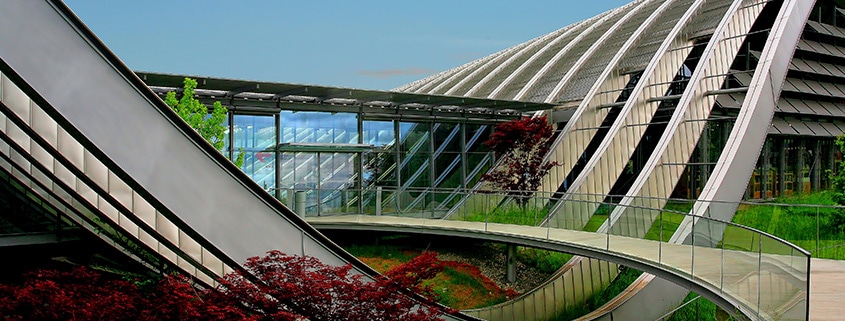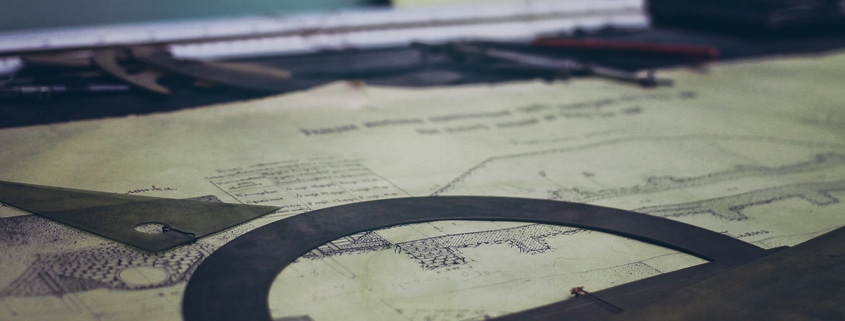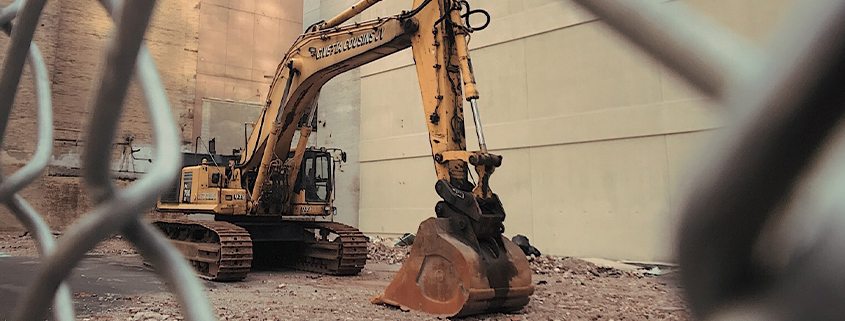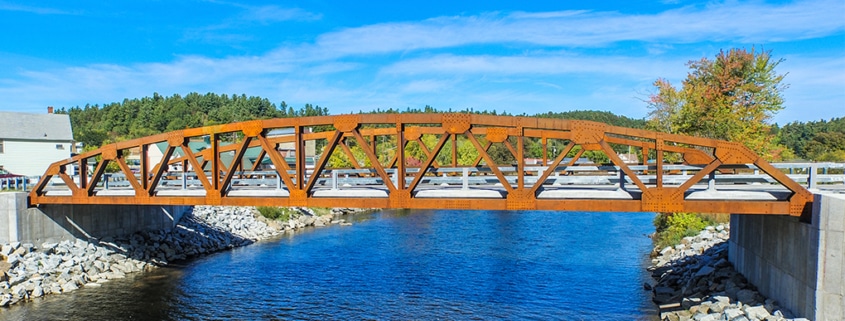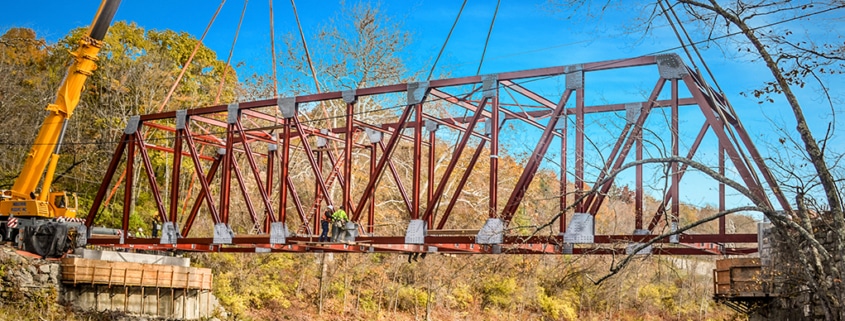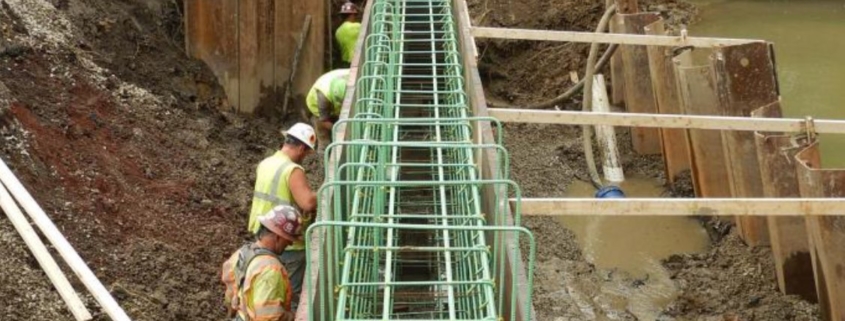Not many people would think of architecture as a vital part of society but it is! It changes the world we live in so many ways. And that’s why it has its own day of celebration. Architecture Day is about recognizing its importance and the work of architects around the world.
What is Architecture Day
Created in 1985 by the International Union of Architects (UIA), World Architecture Day is an international day of architectural recognition and appreciation.
Architects, engineers, developers, and others in the industry come together in various events around the world to showcase their work, collaborate with others, and discuss current issues. Each year is a new theme to highlight areas of concern within the industry or other important topics. This year’s theme, “clean environment for a healthy world”, is inspired by the events of Covid-19.
The Power of Architecture
There are many architectural designs you’ve probably heard of like the Parthenon or Stonehenge. And although buildings and other structures give us a form of protection, how else does it impact our society?
Initially, the climate, location, and resources available dictated the shape and style of a building. However, as time progressed and technology advanced architecture began to evolve as also a representation of culture. It reflects a country’s society, values, and history. A great example of this is Russia’s famous Chapel of Saint Basil. For example, the color and design of the chapel actually hold religious meaning and represent the Heavenly City. Additionally, the nine dome-shaped structures symbolize the assault on the city of Kazan which occurred years before its construction.
Not only can it reflect a country’s past but it is also essential to planning the future. Architecture has the ability to sustain population growth and tackle a number of social problems. In fact, many psychologists are studying how architecture can affect people‘s brains. Research actually shows that the layout and color of a building contribute towards occupant health, mood, and productivity. However, blank concrete buildings can increase stress levels and negativity. To combat this, many new architectural designs include nature or greenery to positively stimulate the brain as well as the environment.
Architecture is more than just a building. It plays an essential role in a country’s society and greatly affects the people around it. Maybe next time you look at architecture you’ll perceive it as more than just a structure but as a work of art.
Build with U.S. Bridge
At U.S. Bridge we understand the important role bridges play in a country’s economics and success. That’s why you want to work with a well-trusted company with advanced engineering and manufacturing skills. We’re here to help you from the beginning of your project until the end. Get a quote from us for your next bridge project or learn more about our designs.

